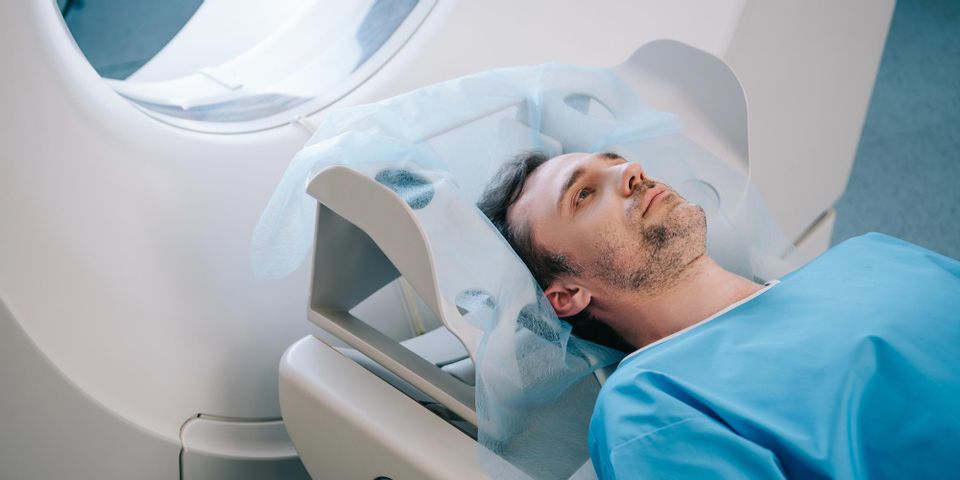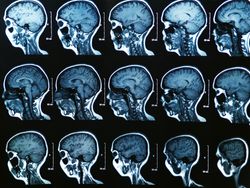
Non-invasive exploratory scans can give physicians loads of information about your individual anatomy and medical concerns. However, many patients wonder how magnetic resonance imaging (MRI) scans work, whether they are safe, and why they need one in the first place. Here is a little more information about MRI scans, and what to expect if you need one.
3 FAQ About MRI Scans
How do MRI machines work?
Unlike other forms of imaging, MRI systems use magnets instead of radiation to produce images physicians can use to make diagnostic calls. Since every cell in your body contains water that is slightly magnetic, these atoms align when they are exposed to the strong magnet of the MRI machine.
Radio waves can knock down the atoms and disrupt their polarity, and sensors within the MRI machine measure the amount of time it takes for this process to happen. Because different tissues contain different water contents, MRI machines are excellent for viewing densities of soft tissues.
MRI scans allow physicians to see the body in vertical or horizontal slices and can detect even the smallest abnormalities. In some cases, patients undergo MRI scans after a contrast dye is injected into their bloodstream, helping certain tissues to stand out. For instance, since some tumors are vascular, a contrast scan could help physicians to detect the presence of cancer.
Why do people need MRI scans?
 Physicians typically order MRI scans when there is a question about the condition of the soft tissues of the body. They are ideal for checking for blood vessel issues, heart problems, cancer, spinal cord injuries, bone infections, disc problems, and any issue with the liver, kidneys, ovaries, prostate, or pancreas. These scans are non-invasive, making them a safe option for anyone who is susceptible to risks during exploratory surgery.
Physicians typically order MRI scans when there is a question about the condition of the soft tissues of the body. They are ideal for checking for blood vessel issues, heart problems, cancer, spinal cord injuries, bone infections, disc problems, and any issue with the liver, kidneys, ovaries, prostate, or pancreas. These scans are non-invasive, making them a safe option for anyone who is susceptible to risks during exploratory surgery.
What should you expect during a test?
Since MRI systems use powerful magnets, you will not be allowed to wear any jewelry or metal objects during the test. You may be asked to remove your clothing and wear a hospital gown. During the test, you will lay on a table with your head in a cradle.
You will need to remain still for the scans to be clear and easy to read. MRI machines can make a lot of noise, which range from banging and clanking to laser beam noises. The table will move to the portion of your body being examined, and the scan will proceed. When it’s over, the table will move back to its normal position, and you will be led back to the locker area.
Anytime you are unsure about your health, turn to the physicians at Brownfield Regional Medical Center. With an incredible array of medical services ranging from allergy testing to trauma care, the trusted teams at this Brownfield, TX, hospital have been helping people for more than 50 years. With a convenient online patient portal that makes it easy to get lab results and learn more about your personal health, it’s never been simpler to receive excellent medical care. Learn more about their approach to wellness online, or call (806) 637-3551.
About the Business
Have a question? Ask the experts!
Send your question

